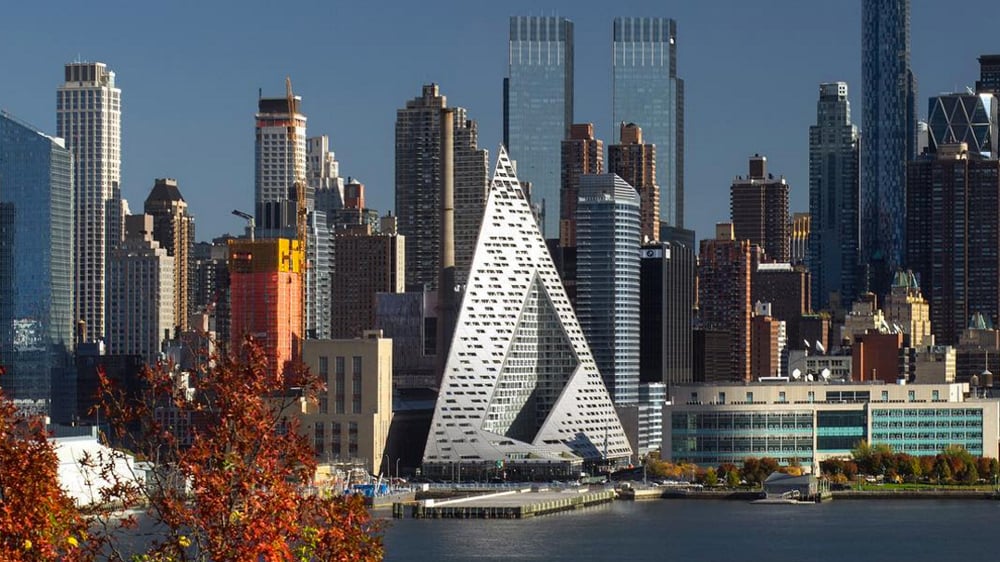One issue facing New York architects involves the explosive growth of new products claiming to be green and promising to deliver green advantages like saving energy and being more environmentally friendly than traditional building products. Architects who take on the role not only of design but also of overseeing the construction phase of a project may be asked by clients to use some of these new green products. The use of new and unproven products raises the question of who bears the risk of specifying experimental products, the architect or the client?
Architects who are managing and overseeing the construction of a project need to be careful when asked to use new and untested products touting benefits. The growth of green products has outpaced the ability to test and determine whether the claims manufacturers make are in fact borne out by the products in the field. Often times a new product will not have been tested by an independent laboratory and the only information on the product’s performance characteristics will come from the manufacturer. Unlike more traditional building products, which have been tested and which have a history of use in the building industry, many new green products lack this history.
Architects, while often familiar with more traditional building products through use in their projects through the years, are sometimes put in a position by their clients to use new and untested products. Architects need to be careful when attempting to meet clients’ desires to use new green products that are untested and do not have a proven track record demonstrating the products’ performance in the construction industry. Architects can serve their clients’ green interests and desires to use new unproven products by obtaining informed consent from their clients.=
Informed consent in the use of new, untested green products is much like the use of informed consent in the medical field when a physician and patient agree to an experimental treatment or therapy. An architect can request from the client informed consent when the client seeks to have the architect use a new, untested product. When approached by a client to use a new and untested green product the architect needs to discuss the use of this product with the client.
The architect does not need to shy away from using new, untested green products but the architect does need to ensure that the client is aware of the new nature of the product and the limited information about its performance. When considering using a new, untested green product the architect can analyze and share the manufacturer’s data about the product with the client. If appropriate, the architect can ask and obtain the consent of the client to conduct a mock test to determine if the new product appears adequate to the task is it being considered to perform. Furthermore, the architect can provide full disclosure to the client that this is a new, untested green product and that the architect has not used it before and it not sure about how it will perform. Lastly, the architect should try to obtain a written informed consent to use a new, untested product.
Written informed consent will show that the client was made aware of the potential risks associated with a new, untested green product. Moreover, written informed consent will show that the client participated in making the decision to use this new, untested product and that the client participated in the risk in trying to reap the potential rewards of this new, untested green product. By obtaining informed written consent, the architect can possibly prevent litigation and difficult times with the client down the road if the new, untested product does not perform as expected.




